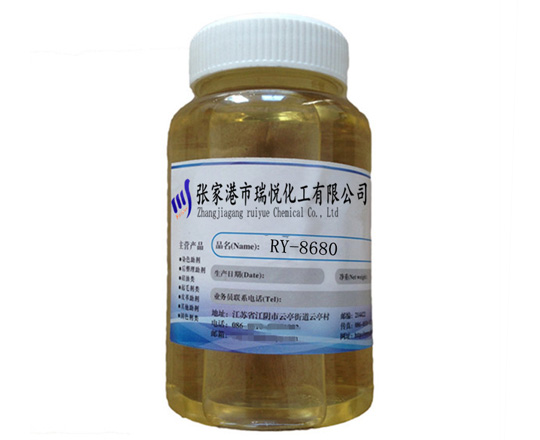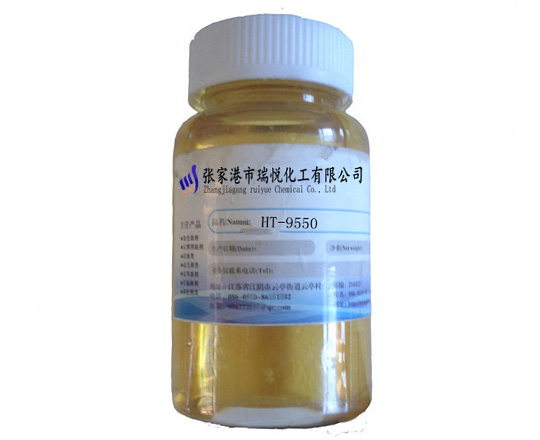Common functional textile processing and finishing methods
1. Antistatic fabric
The methods to obtain antistatic fabrics mainly include the inlaid conductive fiber method and the fabric surface finishing method. The method of interwoven conductive fiber (co-woven with metal wire) can enhance the antistatic property of the fabric, and the effect is long-lasting, and at the same time, it can also improve the moisture absorption and stain resistance of the fabric; Antistatic resin finishing, these antistatic agents cover the surface of the fabric to increase the conductivity of the fiber through moisture absorption.
2. Waterproof and breathable fabric
The development of waterproof and moisture-permeable fabrics mainly includes three methods: high-density weaving, fabric coating and microporous film lamination. Among them, PTFE waterproof and moisture-permeable lamination is the most typical. Because the PTFE microporous film has a certain contact angle and micropore radius, it has certain water pressure resistance and moisture permeability. The laminated fabric produced by the biaxially stretched PTFE microporous film is waterproof and windproof. Features such as sex and moisture permeability.
3. Antibacterial and deodorant fabric
Antibacterial health care fabrics can be produced by blending spinning method and finishing processing method. Blending spinning method is a method in which antibacterial agents are added to the fibers at the polymerization stage, at the end of polymerization or before the spinning nozzle and in the spinning dope; the finishing process is to thermoset the antibacterial agents on the fibers to achieve the purpose of antibacterial and deodorization .
4. Flame-retardant textiles
The flame retardant monomer is copolymerized with the polymer or the flame retardant is added to the polymer to be mixed and processed into a blended fiber, which is then woven into a flame retardant fabric; another method is to spray the flame retardant, The method of padding or coating processes the fabric, and physical and chemical reactions occur when it encounters fire, so as to achieve the flame-retardant effect.
The methods to obtain antistatic fabrics mainly include the inlaid conductive fiber method and the fabric surface finishing method. The method of interwoven conductive fiber (co-woven with metal wire) can enhance the antistatic property of the fabric, and the effect is long-lasting, and at the same time, it can also improve the moisture absorption and stain resistance of the fabric; Antistatic resin finishing, these antistatic agents cover the surface of the fabric to increase the conductivity of the fiber through moisture absorption.
2. Waterproof and breathable fabric
The development of waterproof and moisture-permeable fabrics mainly includes three methods: high-density weaving, fabric coating and microporous film lamination. Among them, PTFE waterproof and moisture-permeable lamination is the most typical. Because the PTFE microporous film has a certain contact angle and micropore radius, it has certain water pressure resistance and moisture permeability. The laminated fabric produced by the biaxially stretched PTFE microporous film is waterproof and windproof. Features such as sex and moisture permeability.
3. Antibacterial and deodorant fabric
Antibacterial health care fabrics can be produced by blending spinning method and finishing processing method. Blending spinning method is a method in which antibacterial agents are added to the fibers at the polymerization stage, at the end of polymerization or before the spinning nozzle and in the spinning dope; the finishing process is to thermoset the antibacterial agents on the fibers to achieve the purpose of antibacterial and deodorization .
4. Flame-retardant textiles
The flame retardant monomer is copolymerized with the polymer or the flame retardant is added to the polymer to be mixed and processed into a blended fiber, which is then woven into a flame retardant fabric; another method is to spray the flame retardant, The method of padding or coating processes the fabric, and physical and chemical reactions occur when it encounters fire, so as to achieve the flame-retardant effect.






